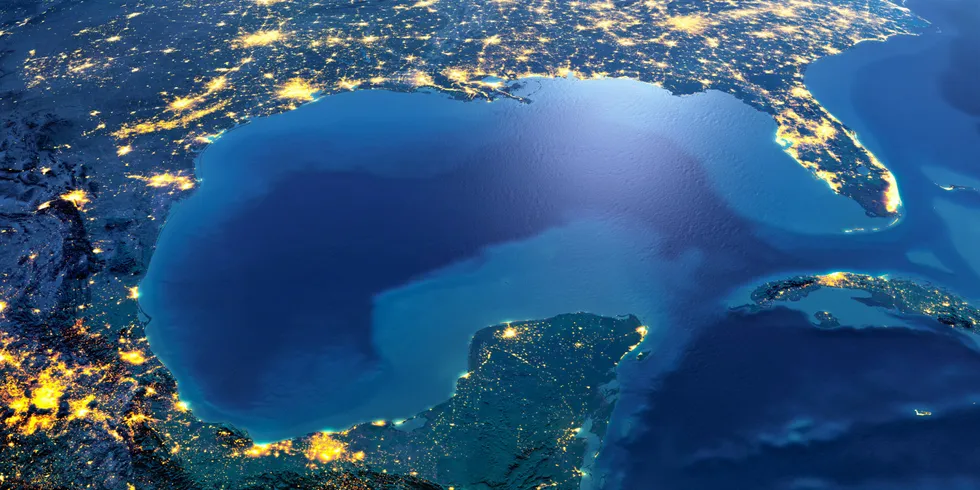US offshore energy's new horizons, hard times onshore for GE, and 'non' to anti-wind Le Pen
AGENDA | Our curation of the must-read news and analysis from the-week-that-was in the global renewable energy industry

AGENDA | Our curation of the must-read news and analysis from the-week-that-was in the global renewable energy industry
